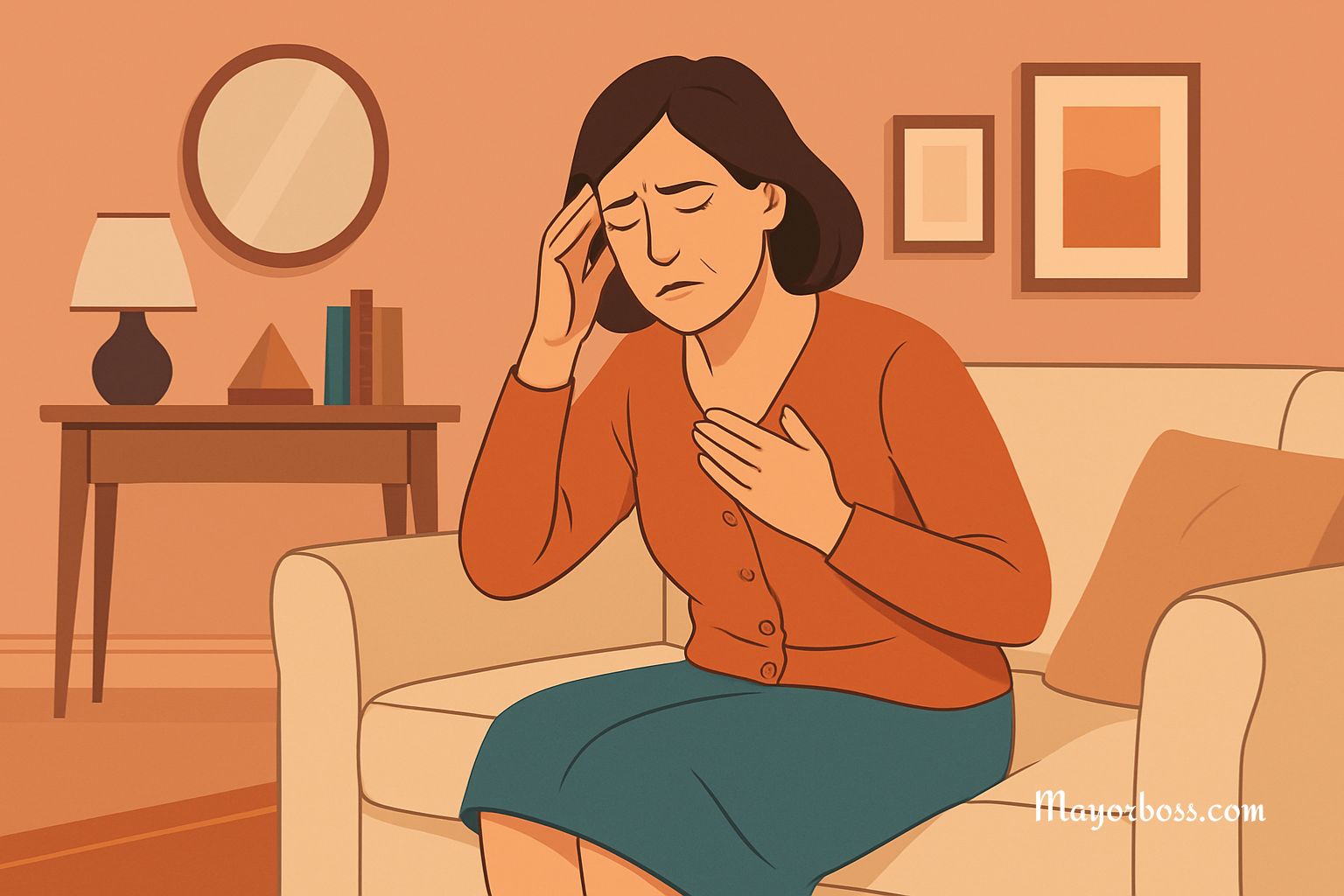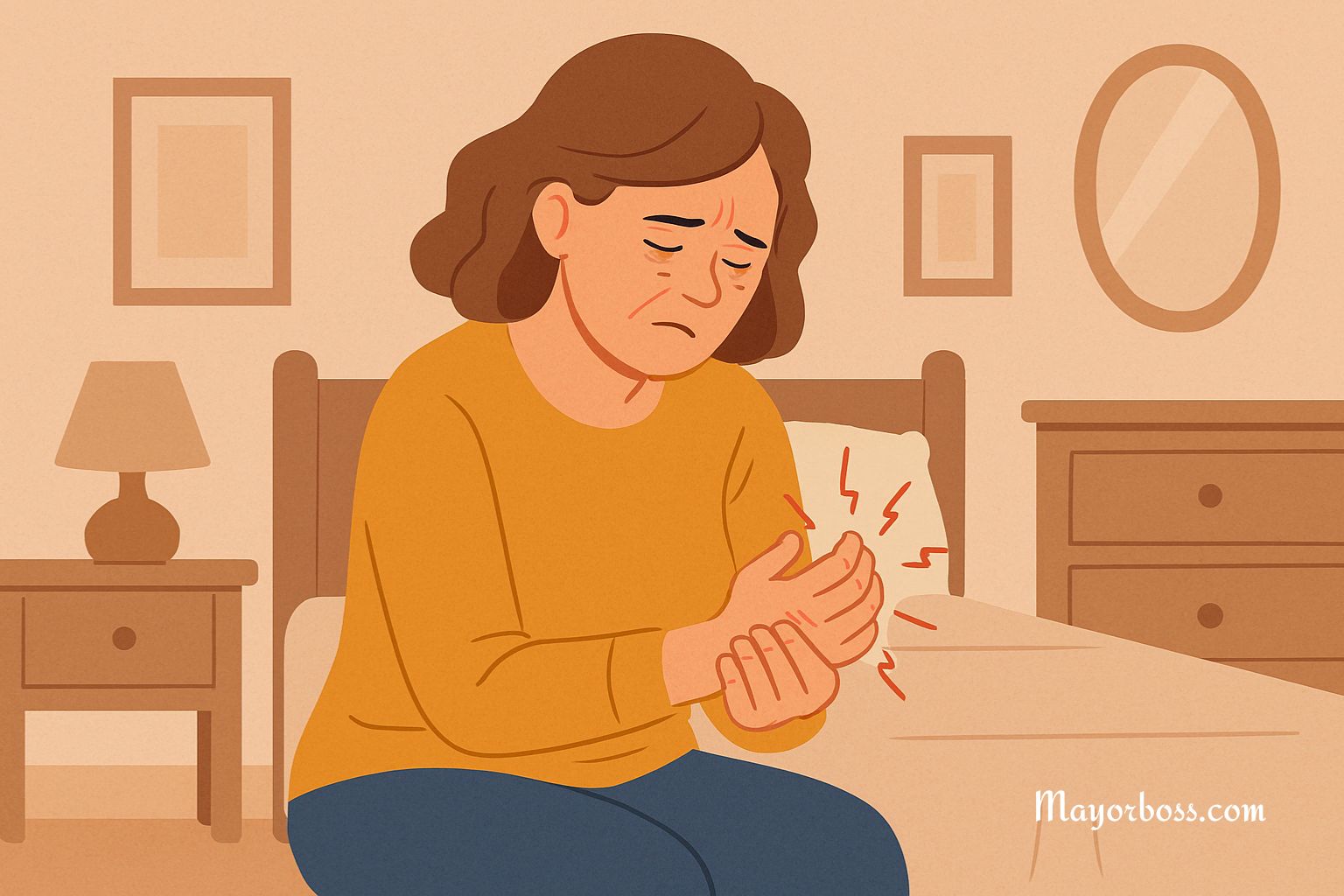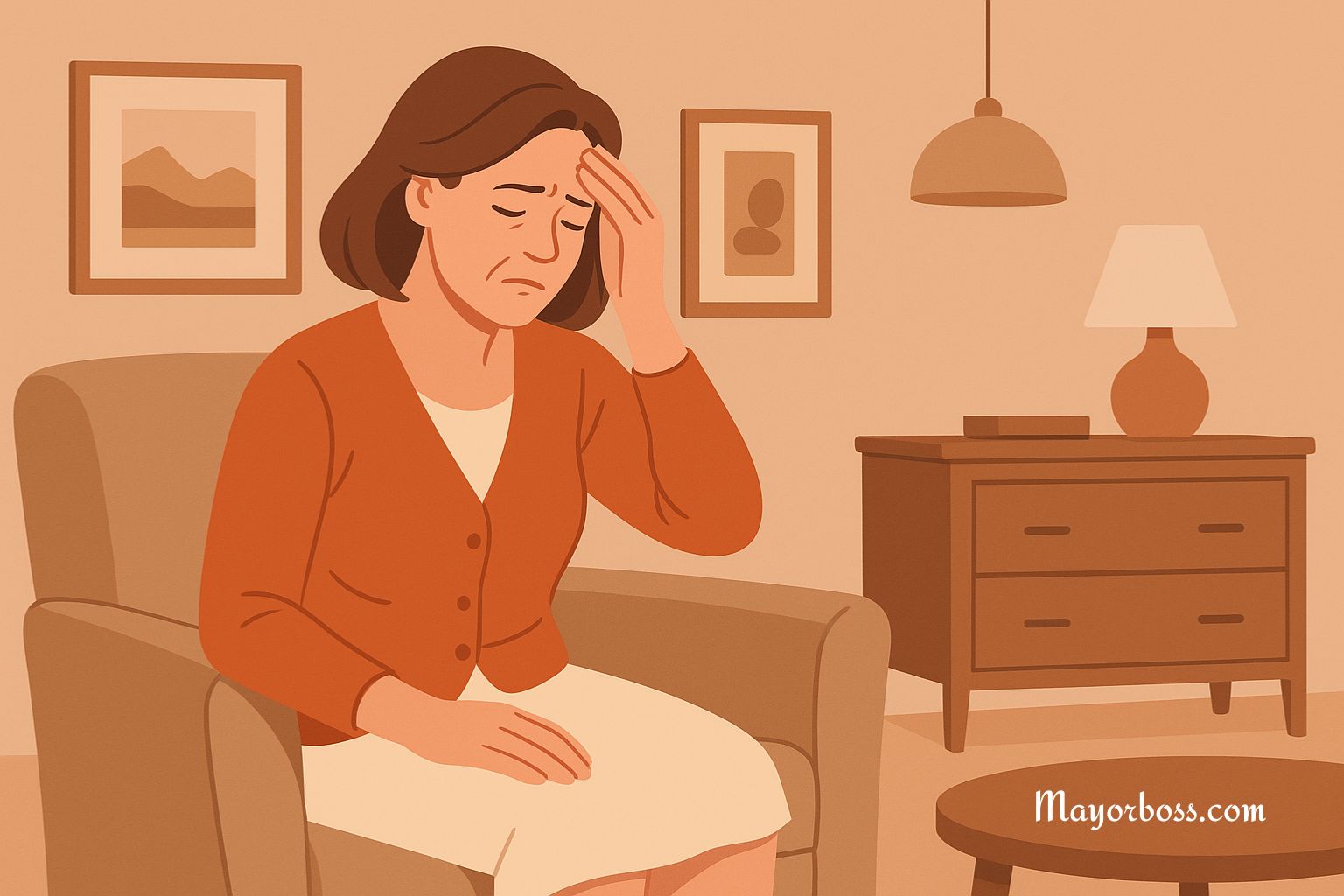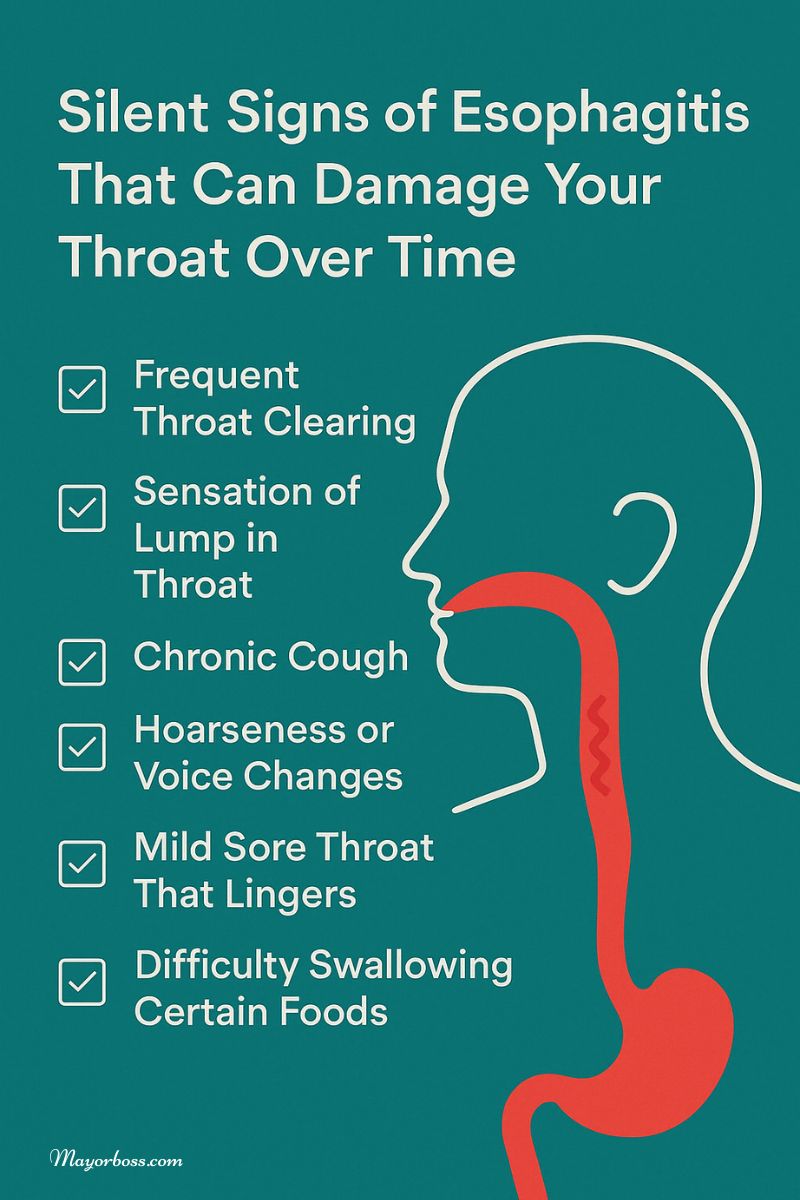The Silent Threat of Bradycardia: 6 Symptoms You Can’t Ignore
Bradycardia is a medical term that means your heart beats slower than normal. For most adults, a normal heart rate is between 60 and 100 beats per minute. If your heart rate regularly falls below 60—and you’re not a well-trained athlete—you might have bradycardia. At first glance, it may not seem serious. But left untreated, it can lead to major health issues, including heart failure or even sudden cardiac arrest.
Keep reading to learn more about what bradycardia is and the six symptoms you shouldn’t ignore.

What Is Bradycardia?
Bradycardia occurs when your heart doesn’t beat fast enough to pump enough blood to meet your body’s needs. Your organs—especially your brain—depend on a steady supply of oxygen-rich blood. If that flow slows down, your body may begin to show warning signs.1
Some people with bradycardia feel fine and don’t need treatment. Others may feel weak, confused, or extremely tired—clear signs their heart isn’t doing its job effectively.2
Why Does Bradycardia Happen?
Bradycardia can develop for many reasons. The most common include:
- Aging – The heart’s electrical system naturally weakens over time.
- Heart tissue damage – This can result from a heart attack or long-term high blood pressure.
- Medication side effects – Some drugs, especially those used to treat high blood pressure or heart rhythm problems, may slow the heart too much.
- Sleep disorders – Conditions like sleep apnea can interfere with your heart’s rhythm.
- Thyroid problems – An underactive thyroid (hypothyroidism) can slow your metabolism and your heartbeat.
In rare cases, it’s caused by a genetic condition or a problem present from birth.
Why It’s Dangerous
Your heart is your body’s engine. If it slows down too much, the rest of your organs don’t get enough fuel. That can cause serious problems, including:
- Heart failure
- Fainting
- Fatigue that prevents daily activity
- Sudden cardiac arrest
This is why you should never ignore the signs. Below are six symptoms that may signal bradycardia.
The Symptoms of Bradycardia
1. Extreme Fatigue
Feeling tired from time to time is normal. But if you often feel worn out even after resting well, your heart could be struggling to pump enough blood. This lack of blood flow means your muscles and brain aren’t getting the oxygen they need.
Pay attention if your energy drops during everyday activities—like walking across the room or climbing stairs.
2. Dizziness or Lightheadedness
Dizziness is a common sign that your brain isn’t receiving enough blood. You may feel unsteady, like the room is spinning, or you’re about to faint. This can be especially dangerous if it happens while driving or using stairs.
Even if it lasts only a few seconds, don’t dismiss it.
3. Shortness of Breath
Your heart and lungs work closely together. When your heart slows down, your lungs have to work harder to get oxygen to your body. This may leave you feeling short of breath, especially during physical activity.
If you find yourself getting winded while doing things you once handled easily, take it seriously.
4. Chest Pain or Discomfort
Although chest pain is more commonly linked to heart attacks, it can also occur with bradycardia. The heart muscle may not get enough oxygen-rich blood, leading to discomfort or pressure in the chest.
It may feel like a tightness, heaviness, or squeezing. If this happens—especially with other symptoms—seek emergency care.
5. Fainting (Syncope)
Passing out is one of the more severe warning signs of bradycardia. 3It usually means the brain briefly didn’t receive enough blood. This can happen suddenly and without warning.
Even if you quickly regain consciousness, you should be evaluated by a doctor. Fainting due to a slow heartbeat can signal a life-threatening issue.
6. Memory Problems or Confusion
The brain depends on constant blood flow to function. When the supply drops, your thinking can slow down. You may feel mentally foggy or have trouble focusing. Some people even describe it as feeling “off” or confused without a clear reason.
Don’t overlook these subtle changes in mental clarity.
When to See a Doctor
If you notice any of these symptoms—especially more than one—it’s important to get checked. A simple test called an electrocardiogram (ECG) can measure your heart rate and rhythm. In some cases, your doctor may ask you to wear a portable heart monitor for a day or two to track your heart’s activity over time.
How Bradycardia Is Treated
Treatment depends on what’s causing your slow heart rate. Options may include:
- Adjusting medications – If a drug is lowering your heart rate, your doctor might lower the dose or switch to another.
- Treating underlying conditions – Managing hypothyroidism or sleep apnea can improve your heart rate.
- Pacemaker – In more serious cases, a small device called a pacemaker may be implanted to help regulate your heartbeat.
Final Thoughts
Bradycardia can hide in plain sight. You might think you’re just tired, stressed, or out of shape. But if you notice the signs—fatigue, dizziness, shortness of breath, chest discomfort, fainting, or confusion—don’t ignore them.






